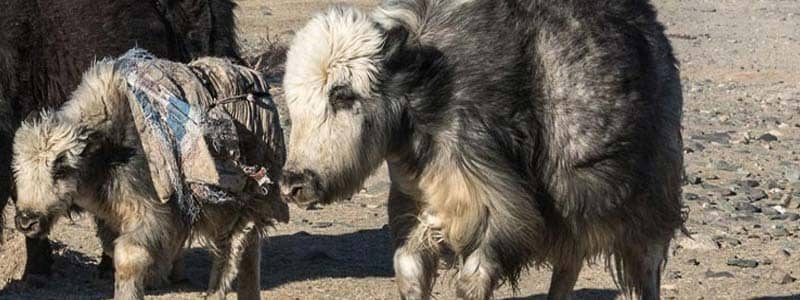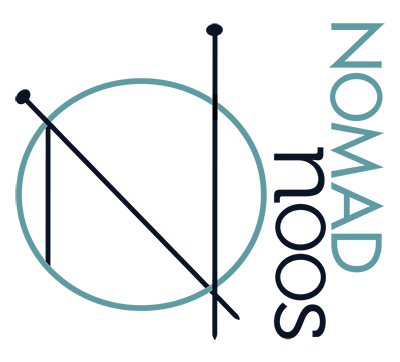Discover the World of A Beautiful and Luxurious Yak Yarn!
- Post author:admin
- Post published:February 16, 2020
- Post category:Luxury Yarns

What makes Yak and Camel fibers and especially these fibers used for Nomadnoos yarns so special and eco-friendly?
Yak fiber, a high-quality fiber is as soft as cashmere, much warmer than merino wool, breathable and odor-resistant. A little bit of history; yaks probably existed already 2 million years ago! They spread from the Himalaya and the Tibetan highlands towards Asia including Mongolia. Being wild animals, they were domesticated 10.000 years ago.
Herders are very much aware of the desertification and eager to work on a solution that will help them to keep their nomadic lifestyle for the next decades.
With the support of the Greengold project, a project funded by the Swiss Agency for development and cooperation, a tool was developed where local governments on a regular base control the state of the rangeland. They calculate how many animals can be herded on each part of the rangeland. Local governments together with herders, try to find a solution. Nomadic herders are traveling 4 times a year, and change per season the place where they herd their animals. To help the herders to increase their livelihood, the Greengold project supported the herder corporation to understand in a better way the value of yak and camel fiber.
They researched how to manage a more qualitative combing, how to separate the best quality and last but not least they helped them to skip the “middlemen” and organized direct contact with processing factories.
Written by Coty Jeronimus
